There’s something magical about holding a lump of fresh clay in your hands. With a little inspiration and a willingness to play you can create surprising results. All you need is your hands to make something uniquely yours. No tools are necessary to go from lump to amazing! One simple technique, called “pinch pots”, is literally pinching clay between your thumbs and fingers to form shapes.
Pinch pots are commonly used as an introduction to pottery making. Many of the online references I’ve found are targeted towards children. But why should children have all the fun? I recently tried pinching pots for the first time as part of a Hand Building Clay class at OCAF (Oconee Cultural Arts Foundation… see More Info below).
The cute little bunny pictured above is one of my first projects. I drew upon a few different items for inspiration including a tiny pottery rabbit I purchased years ago, a little wooden rabbit I carved from wood and a photo.
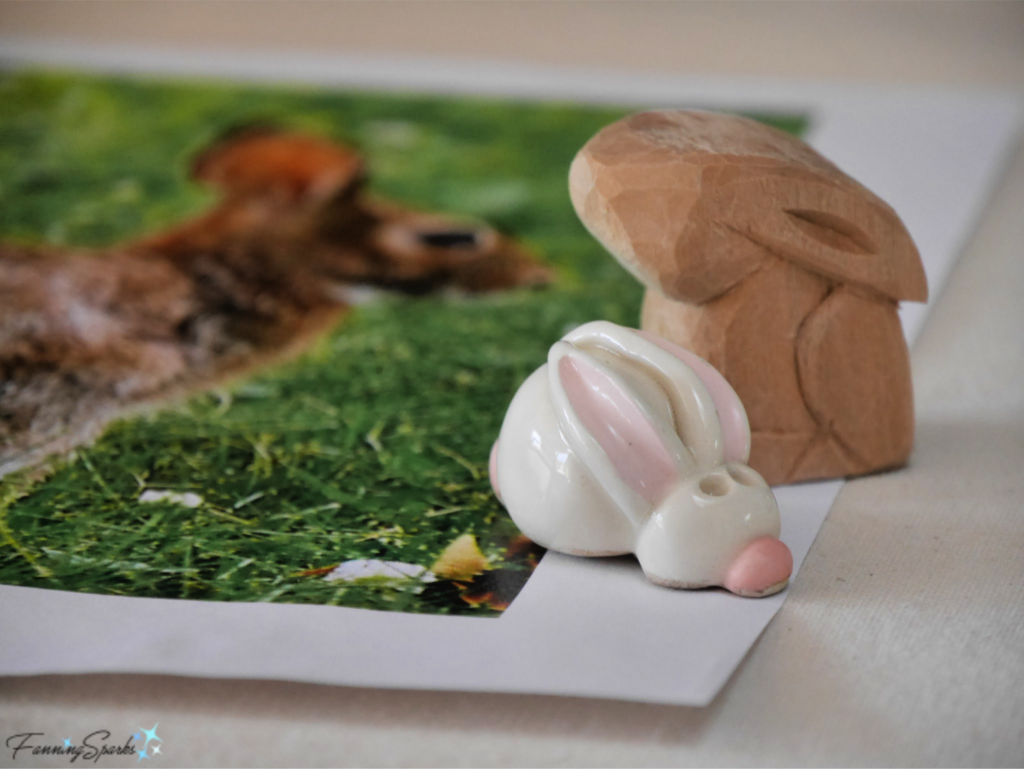
This wild rabbit was spotted at the Phipps Conservatory and Botanical Gardens in Pittsburgh last summer.
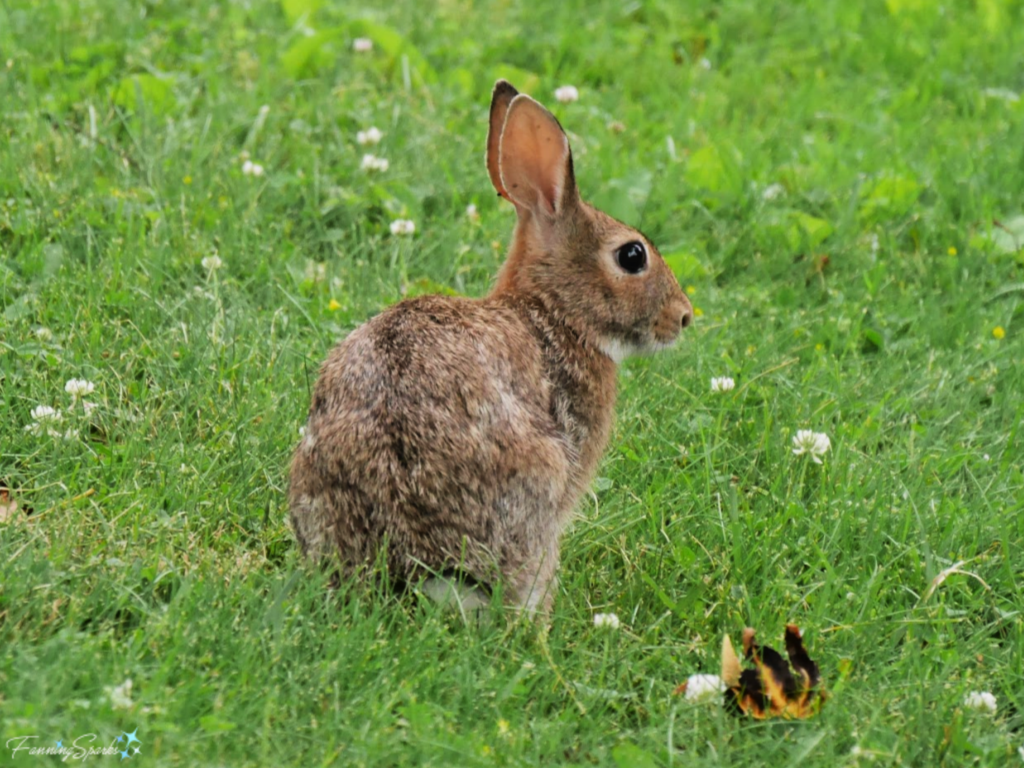
My pinch pot bunny is made from 3 enclosed pinched forms. To make a basic hollow form, you start with 2 equally sized balls of clays.
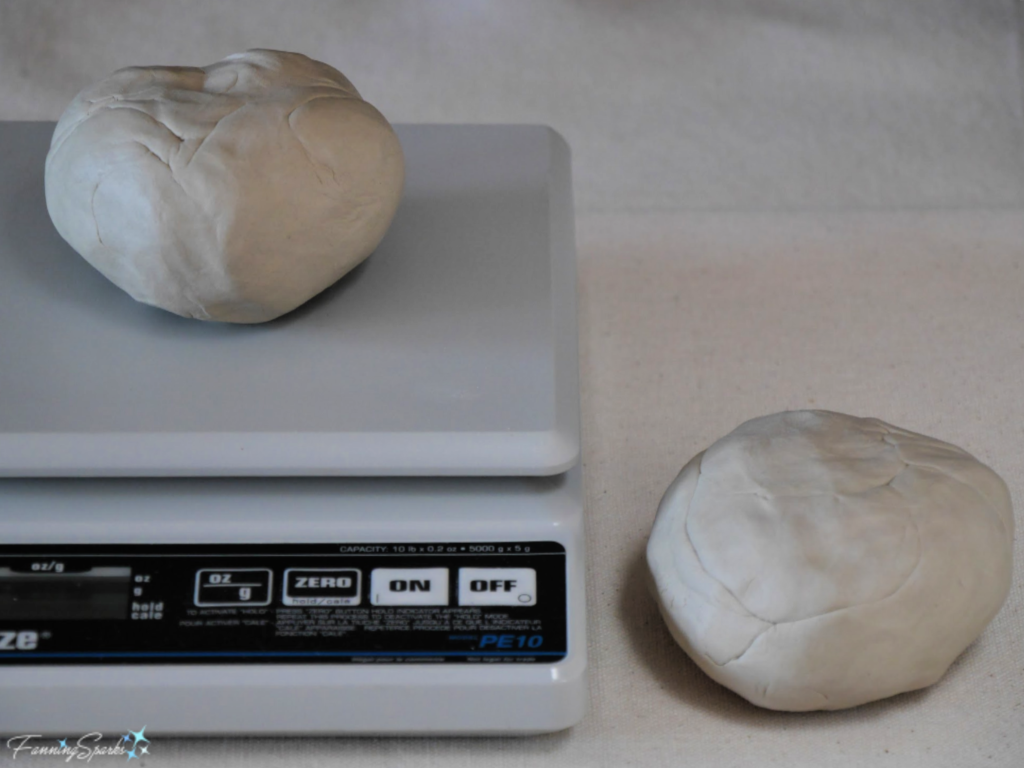
Insert your thumb into the center of the ball. Then working round and round, pinch out the sides of the pot with your thumb on the inside and your fingers on the outside.
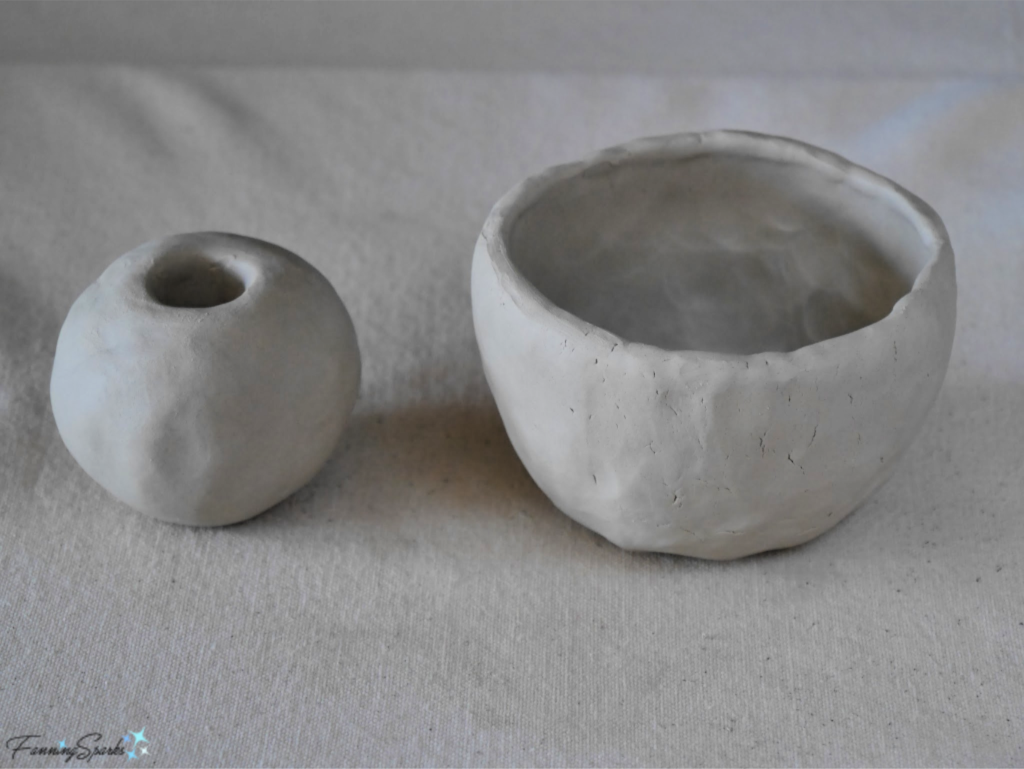
Create a second pot in the same way.
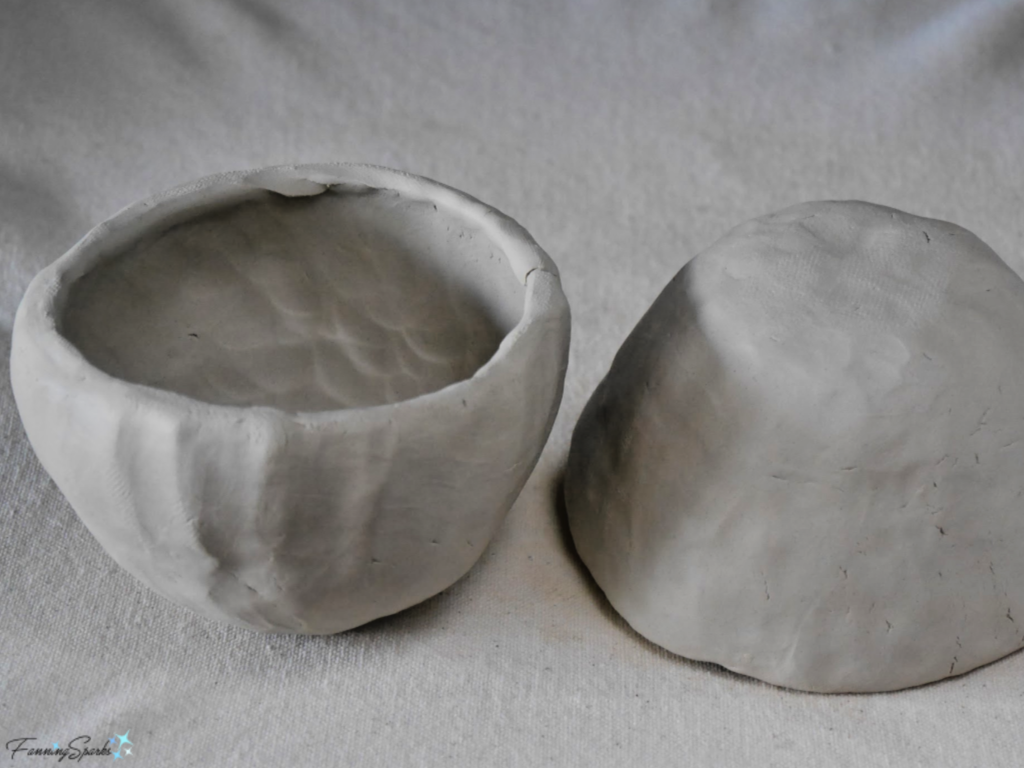
Smooth and flatten the top edges. Compare to ensure they align. Then score and slip, meaning scratch the adjoining edges and apply watered down clay, to attach the two sections.
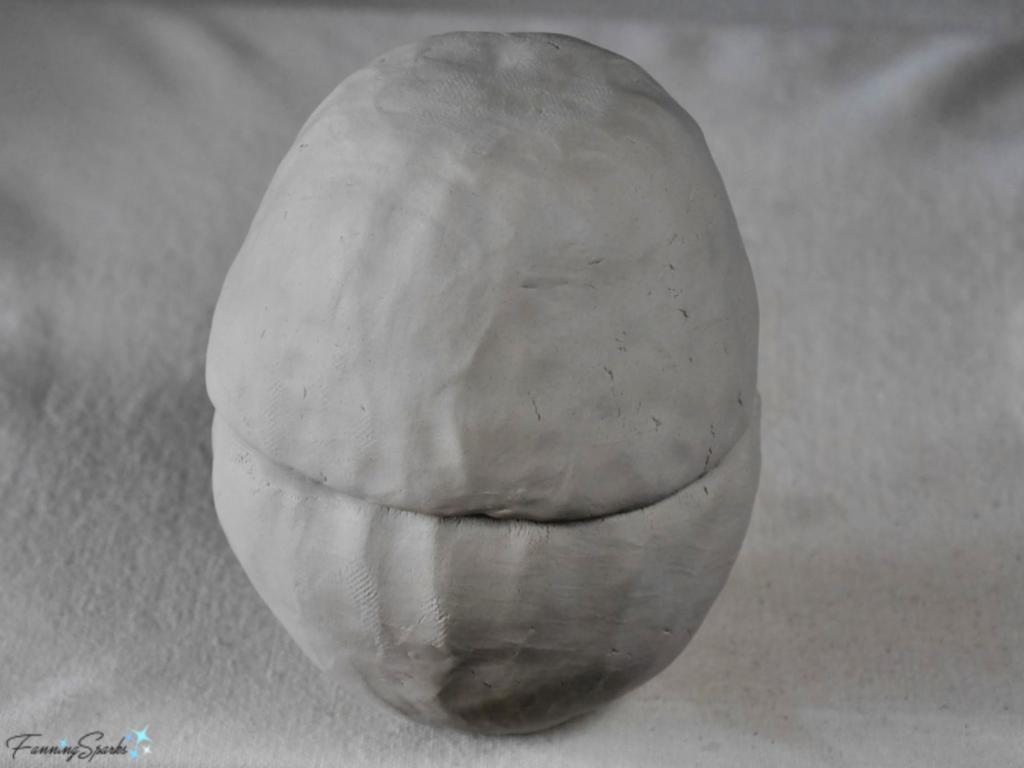
After pressing the two edges together, scrape and smooth the seam to bond the two pieces. Then apply a small coil over the seam, by scoring, slipping, scraping and smoothing, to add stability to the seam. The amazing thing about a hollow form is that the inside air actually makes it stronger. This basic technique can be used to create a myriad of different shapes, forms and vessels. I used a smaller hollow form for the bunny’s head.
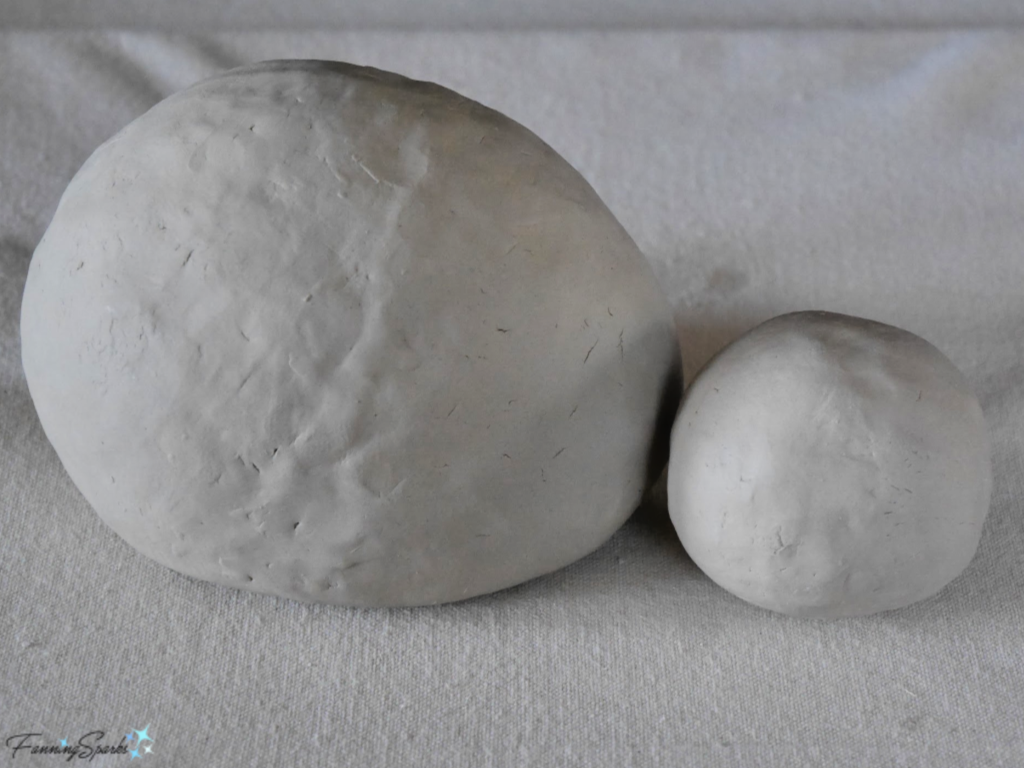
Then it was a matter of adding all the details—a third hollow form for the tail, shaped slabs for the ears, a small ball for the nose, small balls for the eyes and so on. With a little trial and error, a bunny emerged.
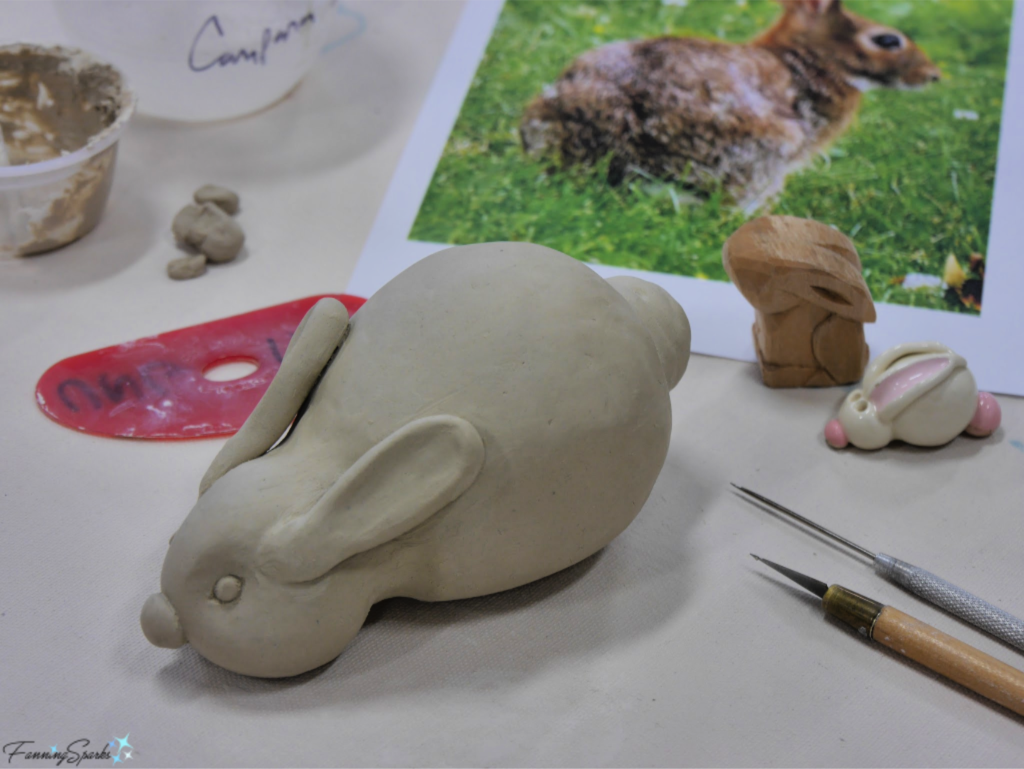
After forming the bunny, it was time to let it dry and harden. But first I needed to make a tiny hole in each of the hollow forms so the air can escape. Without these holes, the form wouldn’t dry evenly and could have blown up in the kiln. It took a few days to dry. Then I was able to do the final clean up by smoothing edges, removing finger prints, sharpening the eyes, and so on. At this point, the rabbit was ready for its first firing. Here it is, after that firing, at the bisque stage.
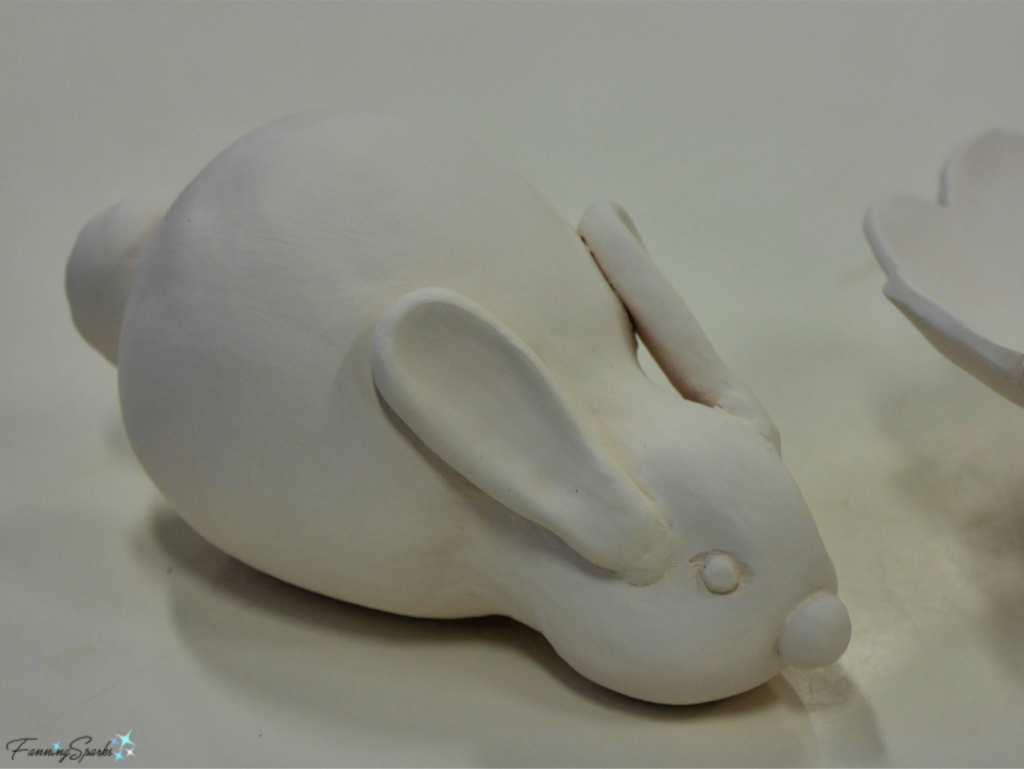 The final step was to glaze the piece. The School Street Pottery Studio, where I’ve been taking my class, has a great selection of glazes. Here’s the sample wall showing the final colors individually on white or red clay as well as in combinations. I chose a plain white glaze.
The final step was to glaze the piece. The School Street Pottery Studio, where I’ve been taking my class, has a great selection of glazes. Here’s the sample wall showing the final colors individually on white or red clay as well as in combinations. I chose a plain white glaze.
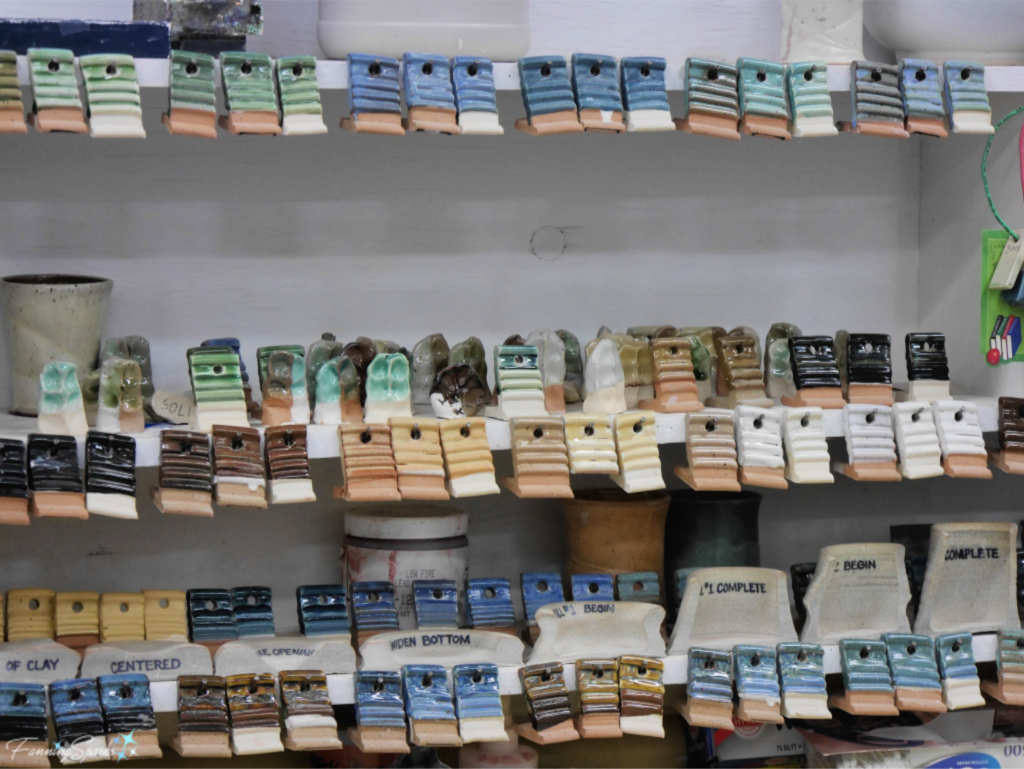
While we’re on the topic of the clay studio, here’s a broader view of the main working area. You can see my rabbit in progress on the canvas-covered work surface in the foreground. It’s a nice studio—with abundant, natural light…
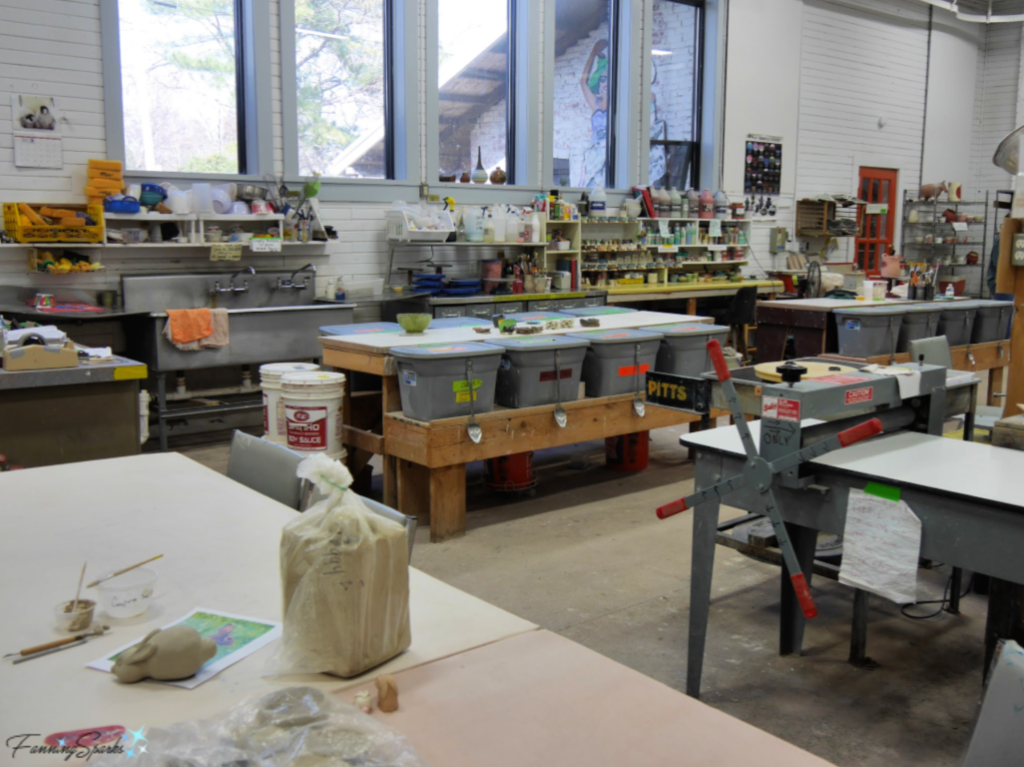 …and lots of equipment and tools for us to use.
…and lots of equipment and tools for us to use.
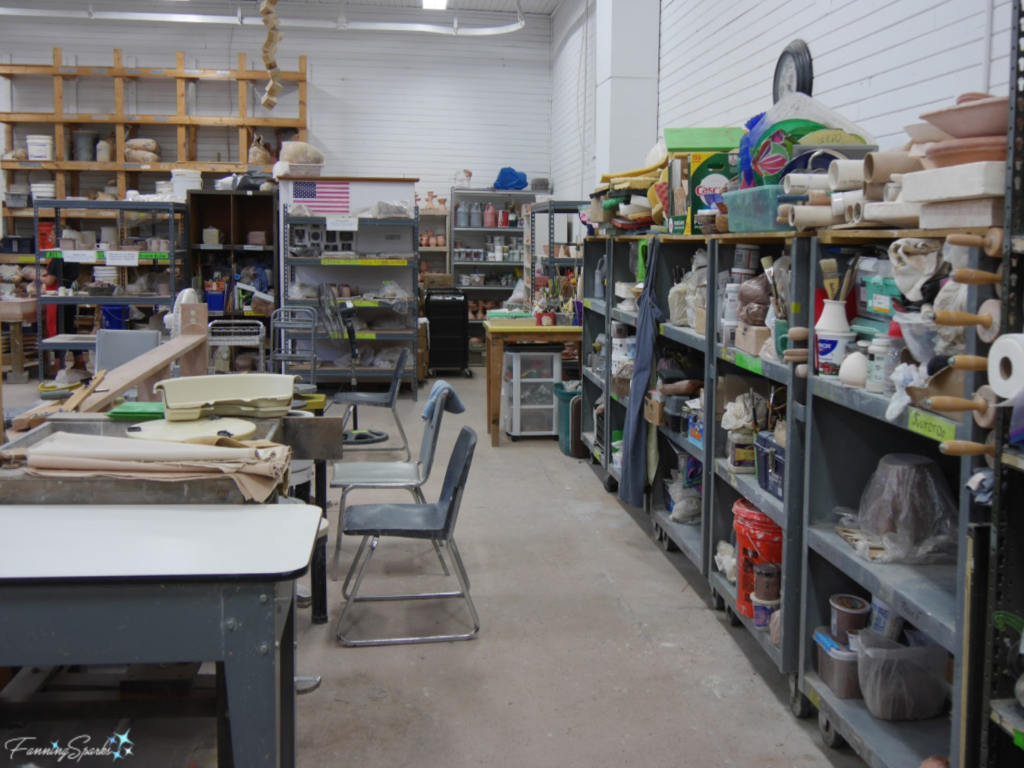
I’m really enjoying my clay classes at OCAF. Our instructor, Esther Mech, is great. She shares information in a logical sequence with clear, easy to understand instructions. She’s also very attentive and always willing to answer questions and provide assistance. Plus she packs the sessions full of demonstrations and information. (Thank you Esther!).
After the final firing, I was eager to take my pinch pot bunny home to see it in my flower garden. Here it is hiding in a tassel fern…

… and sniffing a wild violet.
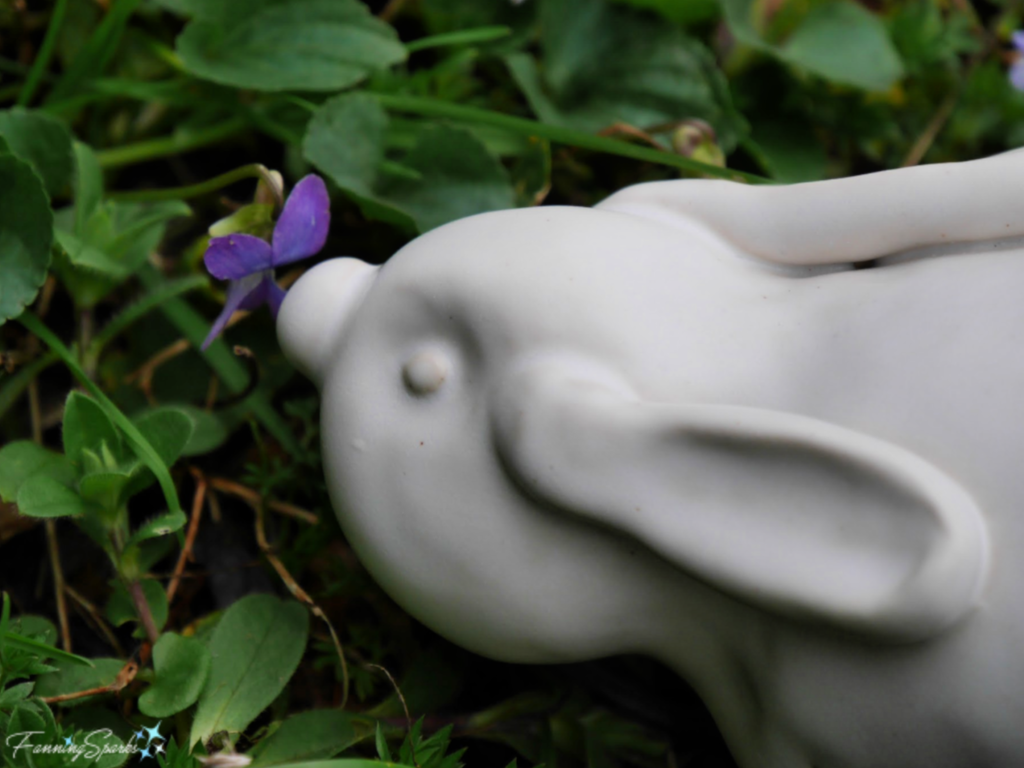
I’m pleased with how my pinch pot bunny turned out but it looked a little lonely in the garden all by itself. So I’m off to make another one… maybe I need a whole family!
More Info
You can learn more about the Oconee Cultural Arts Foundation (OCAF) on their website. Classes and workshops offered at their Watkinsville, Georgia location are listed here. The School Street Pottery Studio hosts open studio for those with clay experience. The Studio is run by a group of knowledgeable and generous volunteers. Many thanks to Traci, Louise, Aurora and the other volunteers!
I’ve mentioned OCAF in previous posts about their annual Perspectives Georgia Pottery Invitational:
Admiring Evidence of Process
Event Expands Pottery Proficiency
My first experience working with clay was at the John C Campbell Folk School during my Work Study program. You can learn more about my experience with throwing clay on the wheel in Center, Open, Pull and about the Work Study program in Work Study Program FAQ.
Today’s Takeaways
1. Different mediums and techniques can evoke different creative responses.
2. Gather small items that appeal to you (or take photos) to serve as inspiration for future projects.
3. Consider making time to play.


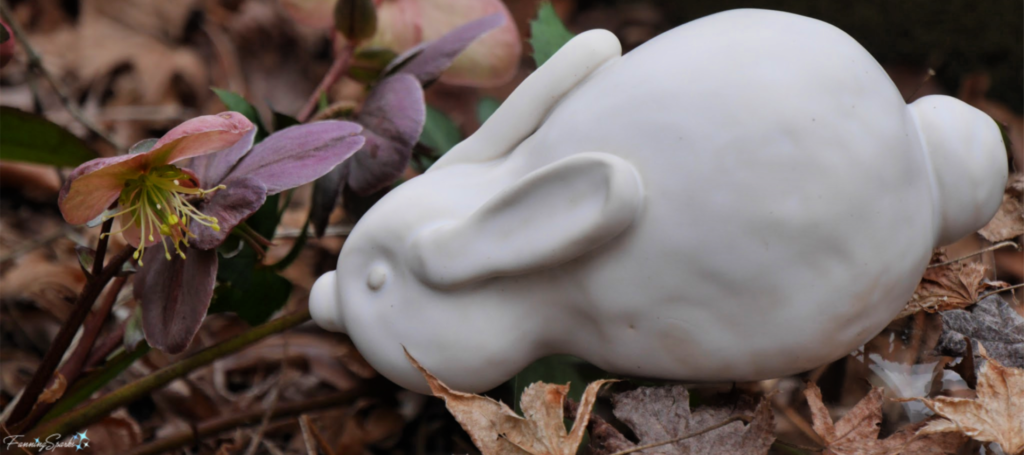


Comments are closed.